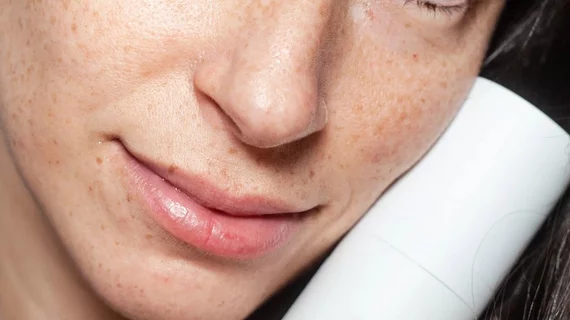Unexpected skincare trends turn up in NLP reads of social media
Using natural language processing, dermatology researchers at the University of Pennsylvania have mined Reddit discussion forums for insights from patients into at-home treatments that just may work for acne, eczema, psoriasis and other skin conditions.
The team used an unsupervised AI version of an NLP method called Latent Dirichlet Allocation (LDA), and it captured enlightening discussions of treatment trends that “may be less recognized by physicians,” the study authors wrote.
For example, they found that dish soap—in particular Dawn—is widely recommended among patients as a simple and inexpensive way to tame outbreaks of acne.
Additionally, their language analysis of a subreddit focused on the prescription acne med Accutane showed widespread intense interest in dosing and other aspects of drug administration.
Jules Lipoff, MD, and colleagues had their findings published July 12 in the Journal of the American Academy of Dermatology.
The researchers used a software pipeline to preprocess Reddit comments posted between 2005 and 2017 on seven popular dermatology-related subreddits.
They applied LDA, using unsupervised spectral clustering to identify repeating themes as well as frequencies of certain words and terms.
In all, their language dataset comprised around 176,000 posts and comments.
“Our results demonstrate that Reddit specifically is an effective source of user-generated information on various dermatology-related issues,” Lipoff et al. concluded. “While these data did not highlight any one disease for physicians to follow up with formal study, we did identify many trends in patient engagement.”
The authors acknowledged as a limitation in their study design the use of LDA, which, as an unsupervised model, lacks a source of ground truth to which the model’s output can be compared.
“However, as these forums are anonymous, there seems little incentive for patients to be dishonest,” the authors noted, adding that Reddit data have “viability and utility for dermatologic research and engagement with the public.”

